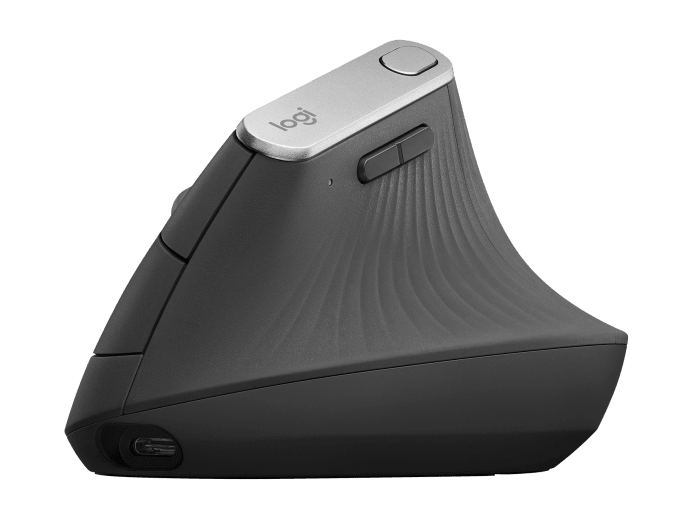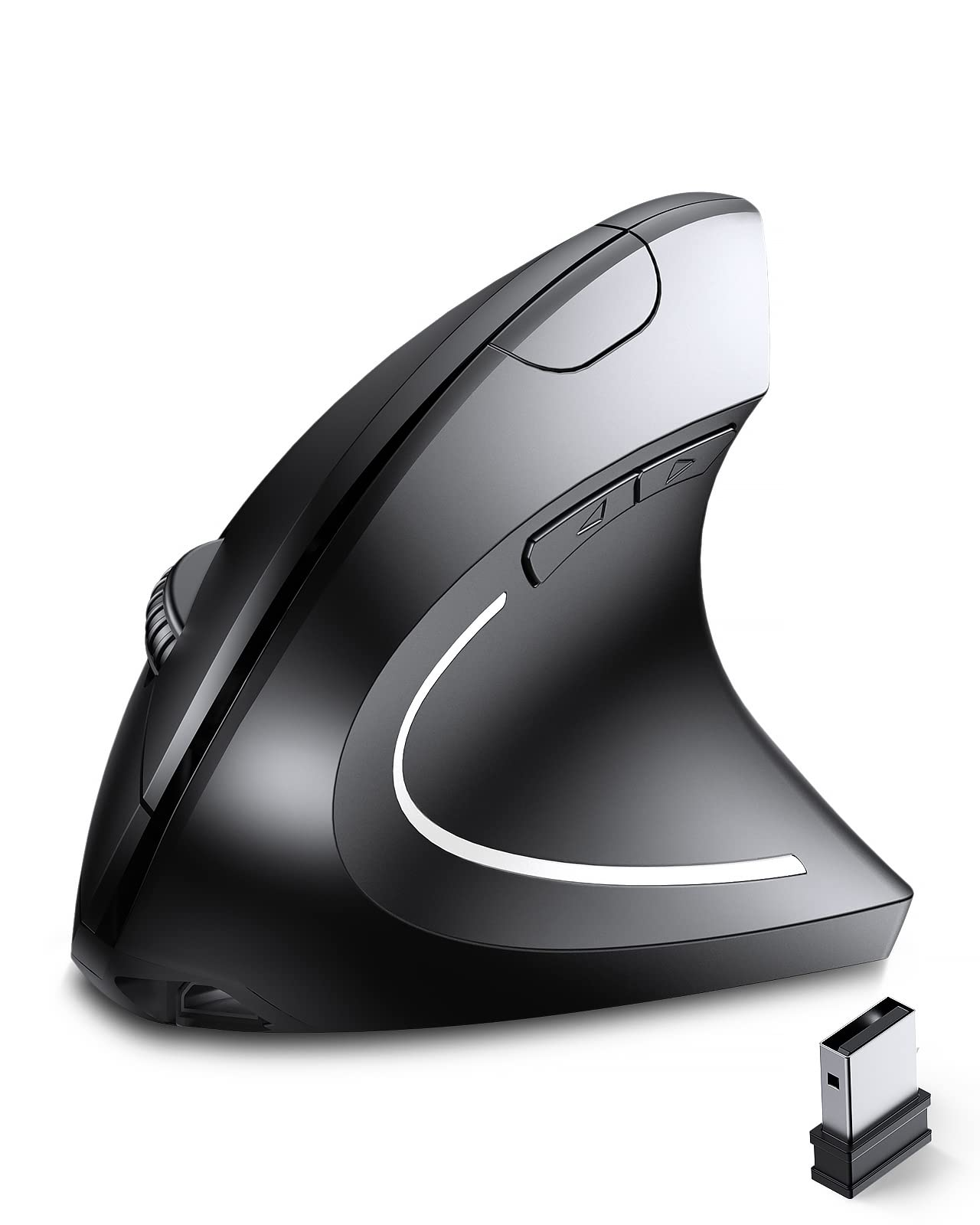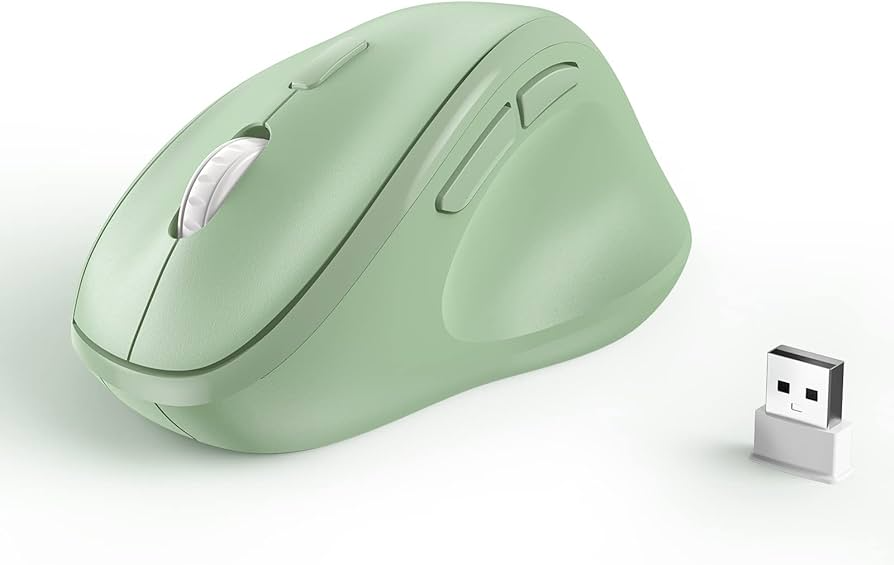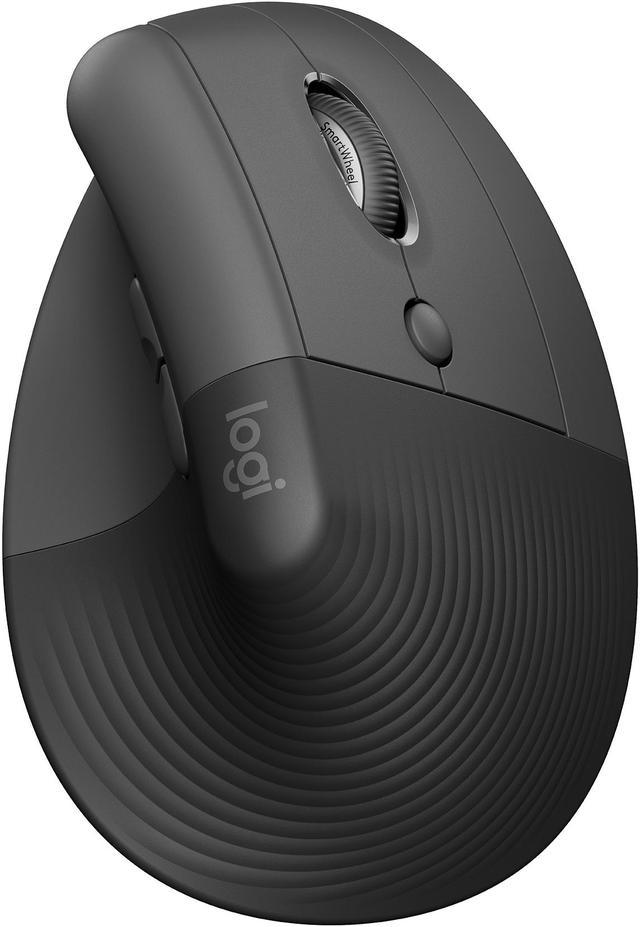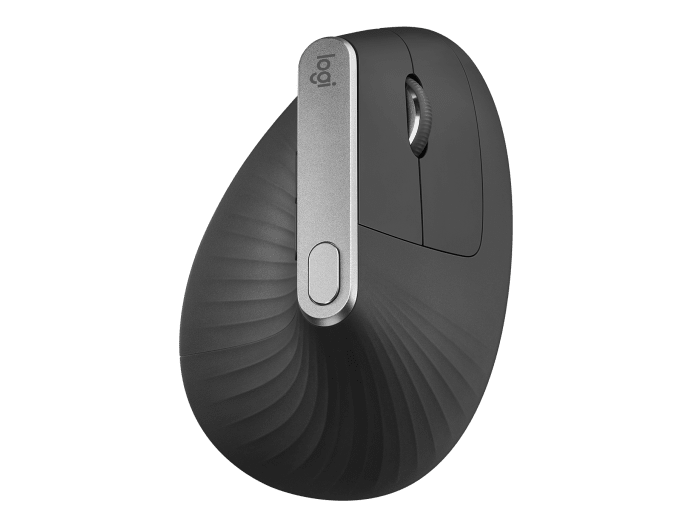In today’s digital age, the demand for ergonomic tools has grown significantly. Prolonged use of traditional computer peripherals can lead to discomfort and even injury. To combat this, many individuals and professionals are turning to wireless ergonomic mice. These specialized devices offer comfort, improved posture, and the freedom of wireless connectivity. This article explores the features, benefits, applications, and considerations when selecting and using a wireless ergonomic mouse.
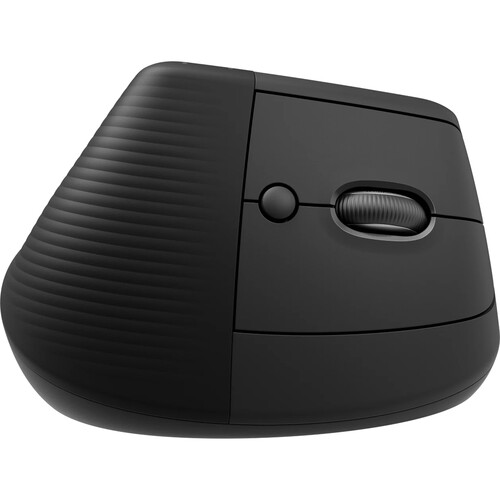
Introduction to Wireless Ergonomic Mice
The Rise of Ergonomics in Computing
As office work and digital tasks have become an integral part of daily life, the importance of ergonomics has emerged. Ergonomics is the science of designing and arranging workspaces, tools, and systems to fit the user, thereby minimizing the risk of strain or injury. In the realm of computing, ergonomic design focuses on creating devices that support natural body positions and movements.
Traditional computer mice often cause various issues, such as wrist strain, carpal tunnel syndrome, and repetitive strain injuries (RSIs). These problems arise from holding the wrist at an unnatural angle and making repetitive movements. Ergonomic mice are engineered to address these concerns by promoting a more neutral wrist position, reducing muscle strain, and enhancing overall comfort.
Wireless technology has further enhanced the appeal of ergonomic mice. By eliminating the need for cords, wireless ergonomic mice provide greater flexibility and freedom of movement. This combination of ergonomic design and wireless connectivity has made wireless ergonomic mice a popular choice for both home and professional use.
Understanding Wireless Ergonomic Mice
Wireless ergonomic mice are designed to reduce strain and enhance comfort during prolonged use. Unlike traditional mice, ergonomic mice come in various shapes and sizes, each tailored to support the hand and wrist in a more natural position. The goal is to minimize the risk of discomfort and injury by promoting healthier hand and wrist mechanics.
Wireless ergonomic mice connect to computers via Bluetooth or a USB receiver, providing a clutter-free workspace. They feature multiple buttons, customizable settings, and advanced optical sensors for precise tracking. Some models also offer additional features such as adjustable DPI (dots per inch), programmable buttons, and rechargeable batteries.
The key to choosing the right wireless ergonomic mouse lies in understanding the specific ergonomic design and features that best suit your needs. Whether you prefer a vertical mouse, a trackball mouse, or a contoured mouse, there is a wireless ergonomic mouse designed to meet your comfort and productivity requirements.
Key Features of Wireless Ergonomic Mice
Ergonomic Design
The ergonomic design is the hallmark of wireless ergonomic mice. These mice are meticulously crafted to fit the natural contours of the hand, providing support and comfort during use. The design aims to promote a neutral wrist position, reducing the strain on muscles and tendons. There are various types of ergonomic designs, each suited to different preferences and needs:
- Vertical Ergonomic Mice: Vertical mice position the hand in a handshake posture, which is more natural and reduces wrist strain. The vertical design promotes a more ergonomic alignment of the wrist, forearm, and shoulder, making it a popular choice for individuals with wrist pain or discomfort.
- Trackball Mice: Trackball mice feature a stationary design with a ball that the user manipulates with their thumb or fingers. This design minimizes wrist movement and reduces the risk of repetitive strain injuries. Trackball mice are ideal for users with limited desk space or those who prefer a stationary pointing device.
- Contour Mice: Contour mice are shaped to fit the natural curves of the hand, providing support and reducing pressure points. These mice often come with textured grips and customizable buttons, offering a comfortable and personalized experience.
- Ambidextrous Mice: Ambidextrous mice are designed to be used with either hand, providing ergonomic benefits for both left-handed and right-handed users. These mice usually feature a symmetrical design and adjustable settings to accommodate different preferences.
Customizable Buttons and Settings
Customizable buttons and settings are essential features of wireless ergonomic mice, enhancing their functionality and user experience. These features allow users to tailor the mouse to their specific needs and preferences, improving productivity and efficiency. Key customizable features include:
- Programmable Buttons: Many wireless ergonomic mice feature programmable buttons that can be customized to perform specific functions or shortcuts. Users can assign different actions, such as opening applications, executing macros, or navigating web pages, to these buttons.
- Adjustable DPI: DPI (dots per inch) refers to the sensitivity of the mouse sensor. Adjustable DPI settings allow users to change the cursor speed for different tasks. Higher DPI settings are ideal for tasks that require precision, such as graphic design and gaming, while lower DPI settings are suitable for general use.
- Configurable Profiles: Some wireless ergonomic mice offer configurable profiles that allow users to save different settings for different tasks or applications. This feature is particularly useful for gamers and professionals who use the mouse for various purposes. Users can switch between profiles with a simple button press, optimizing the mouse for different activities.
- Customization Software: Many wireless ergonomic mice come with companion software that provides a user-friendly interface for configuring buttons, DPI settings, and other features. The software allows users to create and manage profiles, adjust sensitivity, and customize the mouse to their liking.
Precision and Tracking Technology
Precision and tracking technology are critical factors that determine the performance of a wireless ergonomic mouse. High-quality sensors and advanced tracking technology ensure accurate and smooth cursor movement, enhancing the overall user experience. Key features related to precision and tracking include:
- Optical and Laser Sensors: Wireless ergonomic mice typically use optical or laser sensors for tracking. Optical sensors use LED light to detect movement, providing accurate and reliable tracking on various surfaces. Laser sensors offer even higher precision and can track on a wider range of surfaces, including glass.
- High DPI Range: A high DPI (dots per inch) range allows the mouse to detect subtle movements and provide precise cursor control. Mice with adjustable DPI settings enable users to fine-tune sensitivity for specific tasks, enhancing accuracy and performance.
- Surface Calibration: Some wireless ergonomic mice feature surface calibration technology that optimizes tracking performance based on the surface they are used on. This feature ensures consistent and accurate tracking on different surfaces, such as desks, mousepads, and fabric.
- Smooth Scrolling: Smooth scrolling technology provides a seamless and responsive scrolling experience, making it easier to navigate documents, web pages, and applications. Some mice feature adjustable scroll wheel settings that allow users to customize scrolling speed and resistance.
Benefits of Using Wireless Ergonomic Mice
Improved Comfort and Reduced Strain
One of the primary benefits of using a wireless ergonomic mouse is the improved comfort and reduced strain it offers. Ergonomic mice are designed to support the natural posture of the hand and wrist, promoting a neutral position that reduces the risk of strain and injury. Key benefits related to comfort and strain reduction include:
- Natural Hand Position: Ergonomic mice encourage a more natural hand position, minimizing awkward angles and reducing pressure on the wrist and forearm. This design helps prevent conditions such as carpal tunnel syndrome and repetitive strain injuries (RSIs).
- Reduced Muscle Fatigue: The ergonomic shape of the mouse provides better support for the hand and minimizes the effort required to move the mouse. This reduces muscle fatigue and allows users to work comfortably for extended periods.
- Comfortable Grips: Many ergonomic mice feature textured grips and contoured shapes that enhance comfort and provide a secure hold. These features prevent slipping and reduce the need for excessive grip strength, further reducing strain.
- Wrist Support: Some ergonomic mice come with built-in wrist rests that provide additional support and cushioning for the wrist. This feature helps maintain a neutral wrist position and reduces pressure on the wrist joints.
Enhanced Productivity and Efficiency
Wireless ergonomic mice offer several features that enhance productivity and efficiency, making them valuable tools for both professional and personal use. Key productivity benefits include:
- Customizable Buttons: Programmable buttons allow users to assign specific functions and shortcuts, streamlining their workflow and reducing the need for keyboard commands. This feature is particularly useful for tasks that require frequent repetition, such as graphic design, coding, and gaming.
- Adjustable DPI: The ability to adjust DPI settings allows users to optimize cursor sensitivity for different tasks. Higher DPI settings provide precision for detailed work, while lower DPI settings offer control for general use. This versatility enhances productivity and accuracy across various activities.
- Wireless Freedom: Wireless connectivity eliminates the constraints of cables, providing greater flexibility and freedom of movement. This feature enhances comfort and efficiency by allowing users to position the mouse wherever it feels most comfortable.
- Multi-Device Connectivity: Some wireless ergonomic mice support multi-device connectivity, allowing users to switch between multiple devices with a single mouse. This feature is ideal for users who work with multiple computers, tablets, or smartphones, as it simplifies device management and improves workflow.
Versatility and Adaptability
Wireless ergonomic mice are versatile and adaptable devices that can be used for a wide range of tasks and applications. Key versatility benefits include:
- Compatibility: Wireless ergonomic mice are compatible with various devices and operating systems, including Windows, macOS, Linux, and Android. This compatibility ensures that users can enjoy the ergonomic benefits of the mouse on different platforms.
- Portability: The compact and wireless design of ergonomic mice makes them easy to transport, allowing users to enjoy ergonomic benefits on the go. Whether working from home, the office, or a coffee shop, users can take their ergonomic mouse with them for consistent comfort and performance.
- Adjustable Settings: Customizable buttons, adjustable DPI, and configurable profiles allow users to tailor the mouse to their specific needs and preferences. This adaptability ensures that the mouse can be optimized for different tasks, such as browsing, gaming, and professional work.
- Enhanced Performance: The advanced tracking technology and precision sensors of wireless ergonomic mice provide accurate and smooth cursor movement, enhancing performance across various applications. Whether working on detailed graphic design projects or navigating complex spreadsheets, users can rely on the ergonomic mouse for precise and responsive control.
Prevention of Repetitive Strain Injuries (RSIs)
One of the most significant benefits of using a wireless ergonomic mouse is the prevention of repetitive strain injuries (RSIs). RSIs are a common issue for individuals who spend extended periods using a computer mouse, as repetitive motions and poor ergonomics can lead to strain and injury. Key RSI prevention benefits include:
- Neutral Wrist Position: Ergonomic mice are designed to promote a neutral wrist position, reducing the strain on muscles and tendons. This design helps prevent conditions such as carpal tunnel syndrome and tendonitis, which are often caused by prolonged use of traditional mice.
- Reduced Repetitive Movements: The ergonomic shape and customizable features of the mouse minimize the need for repetitive movements, reducing the risk of strain and injury. Trackball mice, in particular, reduce wrist movement by allowing users to control the cursor with their thumb or fingers.
- Supportive Design: The contoured shape and comfortable grips of ergonomic mice provide better support for the hand and wrist, reducing pressure points and strain. This supportive design helps prevent discomfort and injury during extended use.
- Improved Posture: By promoting a more natural hand and wrist position, ergonomic mice help improve overall posture and reduce the risk of strain on the neck, shoulders, and back. This holistic approach to ergonomics enhances comfort and well-being during computer use.
Practical Considerations When Selecting a Wireless Ergonomic Mouse
Assessing Your Needs and Preferences
Before selecting a wireless ergonomic mouse, it’s essential to assess your specific needs and preferences. Consider factors such as the type of work you do, the amount of time you spend using a mouse, and any existing discomfort or injuries. Key considerations include:
- Work Type: Different work types may require different ergonomic mouse features. For example, graphic designers and gamers may benefit from mice with high DPI and programmable buttons, while office workers may prioritize comfort and ease of use.
- Usage Time: Consider the amount of time you spend using a mouse each day. If you use a mouse for extended periods, prioritize ergonomic features that enhance comfort and reduce strain.
- Comfort and Fit: Test different ergonomic mouse designs to find the one that feels most comfortable and provides the best fit for your hand. Consider factors such as grip type (palm, claw, or fingertip), hand size, and the ergonomic shape of the mouse.
- Existing Discomfort or Injuries: If you experience discomfort or have a history of injuries related to mouse use, choose an ergonomic mouse designed to address your specific issues. Vertical mice and trackball mice are often recommended for users with wrist pain or carpal tunnel syndrome.
Evaluating Features and Specifications
When selecting a wireless ergonomic mouse, evaluate the features and specifications to ensure it meets your needs and preferences. Key features and specifications to consider include:
- Ergonomic Design: Look for a mouse with an ergonomic design that supports a natural hand and wrist position. Consider different ergonomic shapes, such as vertical, trackball, and contour designs, to find the one that best suits your needs.
- Customizable Buttons: Look for a mouse with programmable buttons that can be customized to perform specific functions or shortcuts. This feature enhances productivity and efficiency by streamlining tasks.
- Adjustable DPI: Choose a mouse with adjustable DPI settings to optimize cursor sensitivity for different tasks. High DPI settings are ideal for precision work, while lower DPI settings offer control for general use.
- Battery Life: Consider the battery life of the mouse and whether it uses replaceable or rechargeable batteries. Long battery life and convenient charging options enhance the overall user experience.
- Compatibility: Ensure that the mouse is compatible with your devices and operating systems. Look for models that support multi-device connectivity if you use multiple computers or mobile devices.
Budget and Cost Considerations
When selecting a wireless ergonomic mouse, consider your budget and the value it provides. Evaluate the initial cost, features, and potential return on investment to make an informed decision. Key budget considerations include:
- Initial Cost: The initial cost of the mouse is an important consideration, but it should be evaluated in the context of its features and benefits. Higher-priced models may offer advanced features and better ergonomics, providing greater value in the long run.
- Features and Benefits: Assess the features and benefits of the mouse to determine its overall value. Consider factors such as ergonomic design, customizable settings, and precision tracking to ensure the mouse meets your needs.
- Longevity and Durability: Consider the longevity and durability of the mouse. A high-quality, durable mouse may have a higher initial cost but provide better value over time by reducing the need for replacements.
- Ergonomic Benefits: Evaluate the ergonomic benefits of the mouse and how it can improve your comfort and well-being. Investing in an ergonomic mouse that reduces strain and prevents injuries can provide significant long-term value.
Trying Before Buying
Whenever possible, try different wireless ergonomic mice before making a purchase. Testing the mouse allows you to assess its comfort, fit, and functionality firsthand. Key considerations when testing a mouse include:
- Comfort and Fit: Check how the mouse feels in your hand and whether it supports a natural hand and wrist position. Ensure that the mouse fits comfortably under your grip and provides adequate support.
- Button Placement: Test the placement and responsiveness of the buttons to ensure they are easy to reach and operate. Check if the programmable buttons can be customized to your liking.
- Cursor Movement: Assess the smoothness and accuracy of the cursor movement. Test the mouse on different surfaces to evaluate its tracking performance.
- Wireless Connectivity: Ensure that the wireless connectivity is stable and reliable, with minimal latency. Test the mouse’s connection to your devices to confirm compatibility.
By trying different models and evaluating their features, you can find the wireless ergonomic mouse that best meets your needs and preferences.
